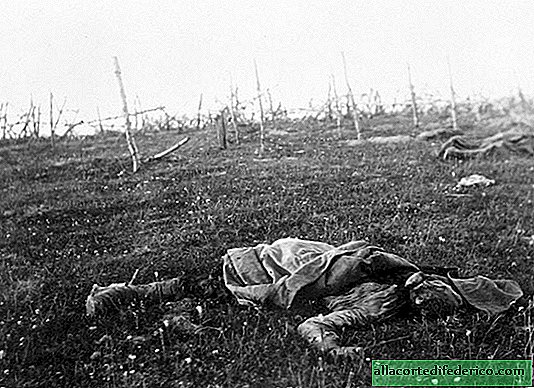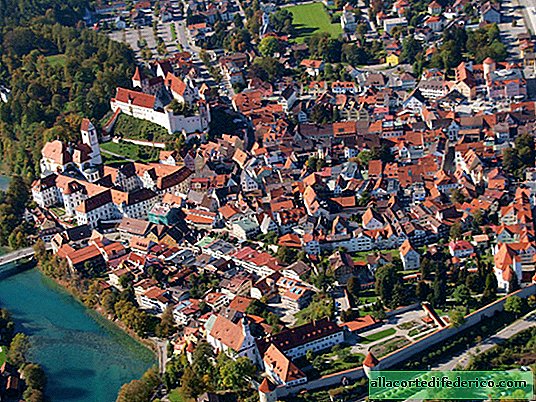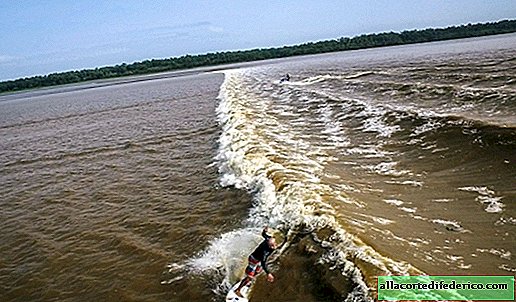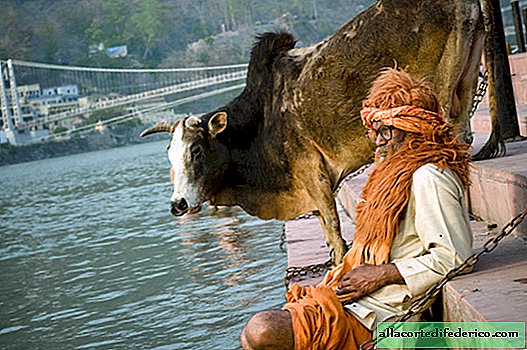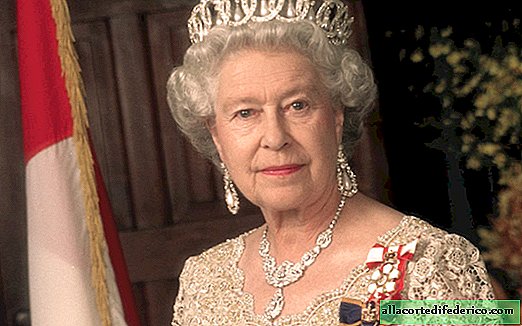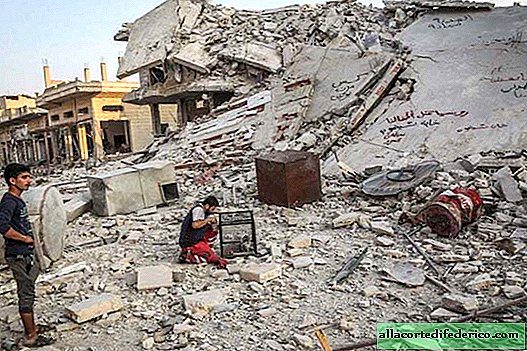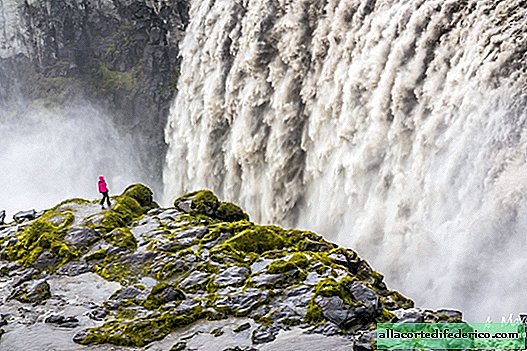Detective in an art gallery: how fake paintings of great masters are exposed
Any serious art museum or holder of a collection of artworks is interested in the fact that in its precious collection there should be only genuine works of recognized masters. But, alas, the increased demand for valuable paintings creates a huge desire to fake them. For this reason, as well as due to various circumstances not related to the deliberate falsification of paintings, employees of scientific laboratories involved in the authentication of paintings become witnesses of loud revelations. How do they manage to establish the authenticity of the paintings and expose the adventurers?

To begin with, the lack of an accurate list of the works of this or that artist leaves a loophole for authors of fakes, who often pass off their creations as previously unknown works by Van Gogh or Aivazovsky. The long time that has passed since the moment of writing the picture is another circumstance that is beneficial to scammers. For 10, 20 or 30 years, the picture could be taken to another country, lost, donated or sold at auction to a collector who wished to remain anonymous. This, in turn, gives rise to a lot of “happy random finds,” which experts have to contend with.
Visual inspection and microscope

As soon as the picture falls for examination, the specialist first examines it, and already at this stage, professionals can identify obvious fakes. Using a visual inspection, you can find a discrepancy in the professional signature or an uncharacteristic way of applying paint. The microscope, in turn, helps scientists identify such imperfections as applying fresh paint to a cracked paint painting - craquelure, which indicates that the painting was written long before the "great artist" left an autograph on it.
Ultraviolet light

Using ultraviolet rays, you can see the canvas in a completely different light and discover a lot of interesting things, or, conversely, not find what should be there. For example, some craftsmen made a preliminary sketch with a pencil before applying the paint. Knowing this feature, it is possible to detect traces of graphite using an infrared camera and draw conclusions about the authenticity of the work. For example, in this way it was possible to detect fakes of the works of Aivazovsky, who always marked the canvas with a pencil.
X-rays

Using X-rays, you can also see what is hidden from the human eye. For example, a retengenogram allows you to trace the sequence of application and other features of the paint layers, which are compared with other works of the studied artist, the authenticity of which is beyond doubt. And sometimes this method allows you to identify the presence of other paintings or parts of the original canvas that are uncharacteristic for the period of the artist’s work.
Chemical analysis and spectroscopy

If the previous methods did not reveal anything suspicious, but doubts about the authenticity still remained, then they can be dispelled by chemical analysis. The composition of the paint used by the artists changed depending on the time, as well as on the country of residence of the master. Therefore, by comparing the composition of colors with the original works of the author in the same period of time, you can find out where and when the painting was painted. Spectroscopy also reveals the chemical composition of the paint, but without a detailed percentage of the ingredients, although this is often enough in many cases.

